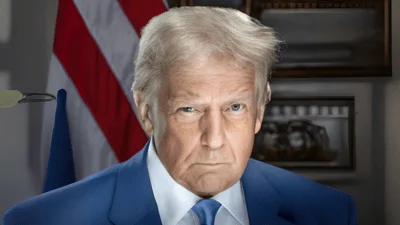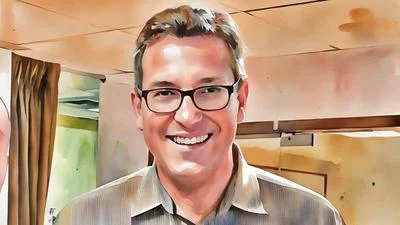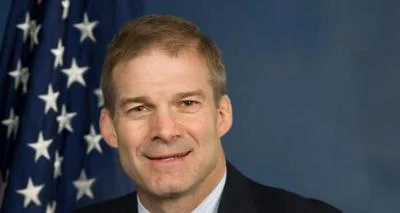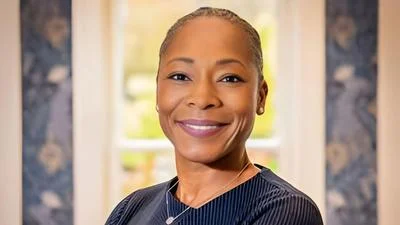This year, the U.S Department of Energy (DOE) Office of Legacy Management (LM) and its strategic partner (LMSP) have upped their museum collection management game.
“Given LM’s long-term stewardship responsibilities, it’s crucial to understand how we got to where we are today," said LM Program Analyst Padraic Benson. “Our collections provide a valuable way for folks to tangibly connect with the past at our sites."
LM maintains collections of historical objects at the Weldon Spring Site Interpretive Center in St. Charles, Missouri; the Fernald Preserve Visitors Center near Hamilton, Ohio; and the Atomic Legacy Cabin (ALC) in Grand Junction, Colorado. More than 1,000 objects have already been inventoried at the Fernald Preserve and the ALC alone.
The collections include items and materials that contributed to former Manhattan Project and Cold War-era production as well as objects related to cleanup and long-term stewardship. Many of them are on display in exhibit halls and used in educational programming.
“The majority of the collections consist of photographs and documents, Geiger counters, lab equipment, as well as geological samples," said LMSP Museum Collections Specialist Taylour Whelan.
The new enterprise-wide program follows standards outlined by the American Alliance of Museums (AAM) Code of Ethics for Museums and includes a museum database for cataloguing the collection.
“Moving forward, we will conduct a comprehensive inventory of all objects at the three interpretive centers. This will create documentation standards for museum collections, provide storage guidelines, and give interpretive center staff standard processes to manage all site collections," Whelan said. “Implementing this program allows LM sites to protect their museum collections from damage so they may be used to interpret the sites’ histories. In addition to protecting the physical integrity of the objects, each site will have a better understanding of the museum collections they have so they may be used for research or educational programming as well."
Each site has a unique history it is sharing, and their museum collections are physical representations of that history.
“It’s important we protect these objects so this portion of our nation’s history will be preserved for many years to come," Whelan added.








